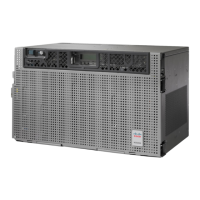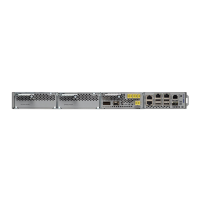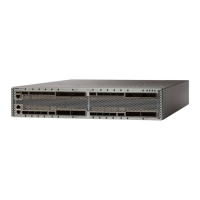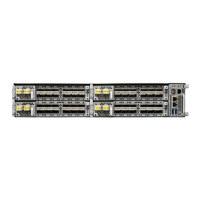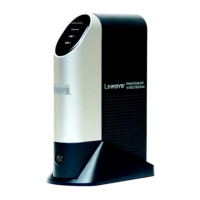Step 2 If the rack installation is proper, verify that the environmental temperature of the room is not abnormally high.
Step 3 If the room temperature is not abnormally high, ensure that nothing prevents the fan-tray assembly from passing air
through the NCS system shelf.
Step 4 If airflow is not blocked, determine whether the air filter needs replacement. Refer to the Inspect, Clean, and Replace the
Reusable Air Filter, on page 457 procedure.
Step 5 If the air filter is clean, complete the Remove and Reinsert (Reseat) Any Card , on page 452 procedure.
Step 6 If the alarm fails to get cleared, complete the Physically Replace a Card, on page 453 procedure for the 100G-LC-C card.
When you replace a card with an identical card, you do not need to make any changes to the database.
Note
If the alarm does not get cleared, you need to report a Service-Affecting (SA) problem. Log into the Technical Support
Website at http://www.cisco.com/c/en/us/support/index.html for more information or log into http://www.cisco.com/c/
en/us/support/web/tsd-cisco-worldwide-contacts.html to obtain a directory of toll-free Technical Support numbers for
your country.
PARAM-MISM
Default Severity: Not Alarmed (NA), Non-Service-Affecting (NSA)
Logical Objects: AOTS, OCH, OCH-TERM, OMS, OTS
For example, this condition is raised on OPT-EDFA-17 card, when an invalid Gain setpoint is provisioned
by the control card.
The Gain setpoint for the OPT-EDFA-17 card is automatically calculated by the control card when the amplifier
is turned up. The Gain Degrade Low threshold value is always 2 dB lower than the Gain setpoint value.
The APC-OUT-OF-RANGE alarm is raised on the OPT-EDFA-17 card when the Gain setpoint value that
was calculated by the control card sets the Gain Degrade Low threshold to a value that is lower than the
minimum setpoint value. The APC-OUT-OF-RANGE alarm triggers the PARAM-MISM alarm. This is
because the Gain setpoint or the Gain Degrade Low Threshold value is outside the Gain setpoint range of the
OPT-EDFA-17 card.
PATCH-ACTIVATION-FAILED
Default Severity: Critical (CR), Non-Service-Affecting (NSA)
Logical Object: EQPT
The Patch-Activation-Failed alarm is raised when the patch fails to activate. The alarm is cleared when the
patch is disabled or when a different patch is activated. This can be verified in CTC if the patch is visible in
the active folder.
If the condition does not clear, log into the Technical Support Website at http://www.cisco.com/c/en/us/support/
index.html for more information or call Cisco TAC (1 800 553-2447).
Cisco NCS 2000 series Troubleshooting Guide, Release 11.0
350
Alarm Troubleshooting
PARAM-MISM
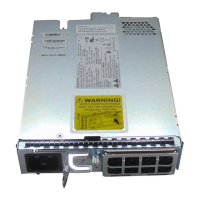
